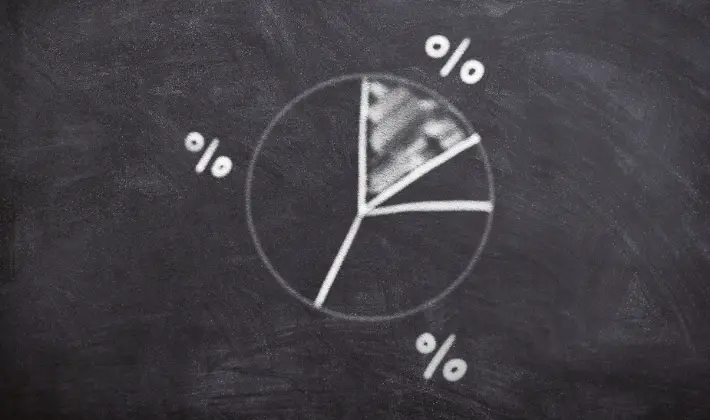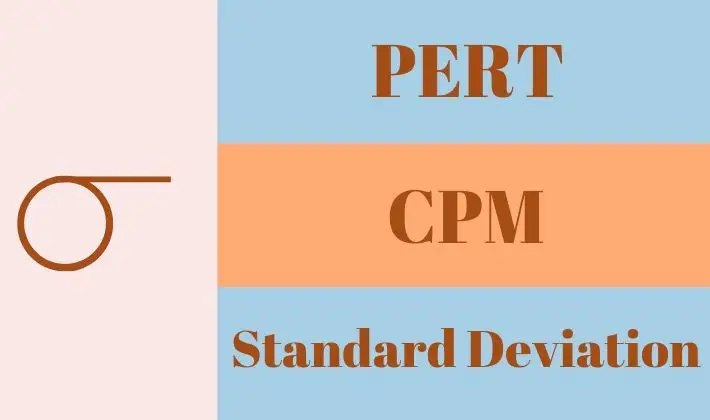Why Optimism is BAD for the Projects?
Pessimist – We are going Down. Optimist – We cannot go down any further. Now the only way is Up. Realist – Let us analyze the current situation and decide what best can be done. Humans, by nature, are usually optimistic. Project Managers (unless they are from another Galaxy) follow the same trait. Recently, I…







![Variance And Standard Deviation In PERT Formula [PMP]](https://www.pmbypm.com/wp-content/uploads/2013/04/pert-variance-standard-deviation.png)



